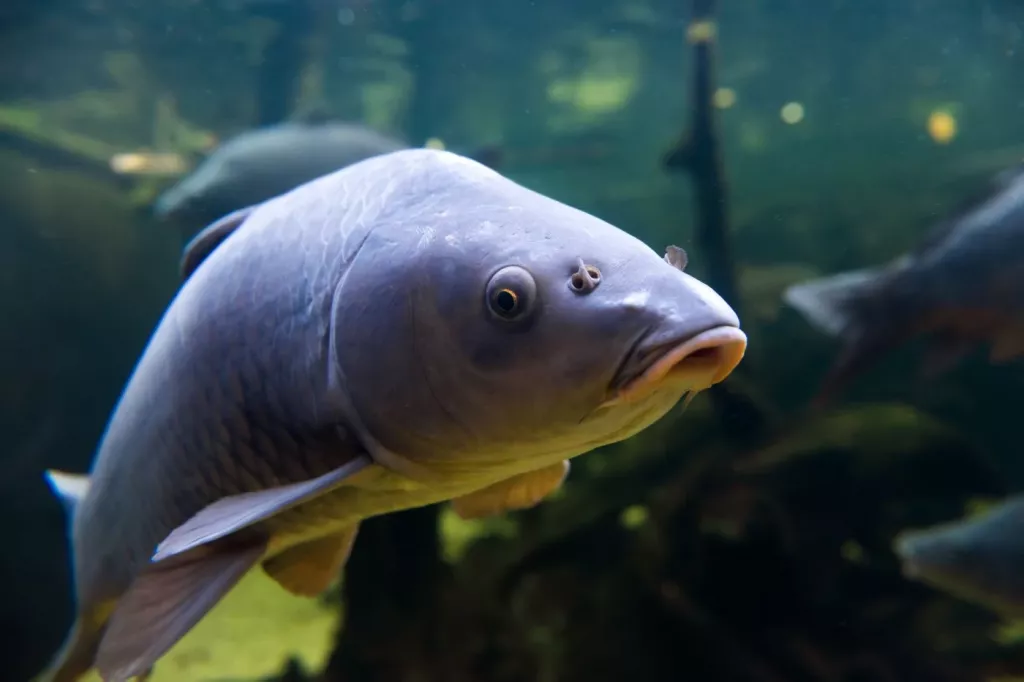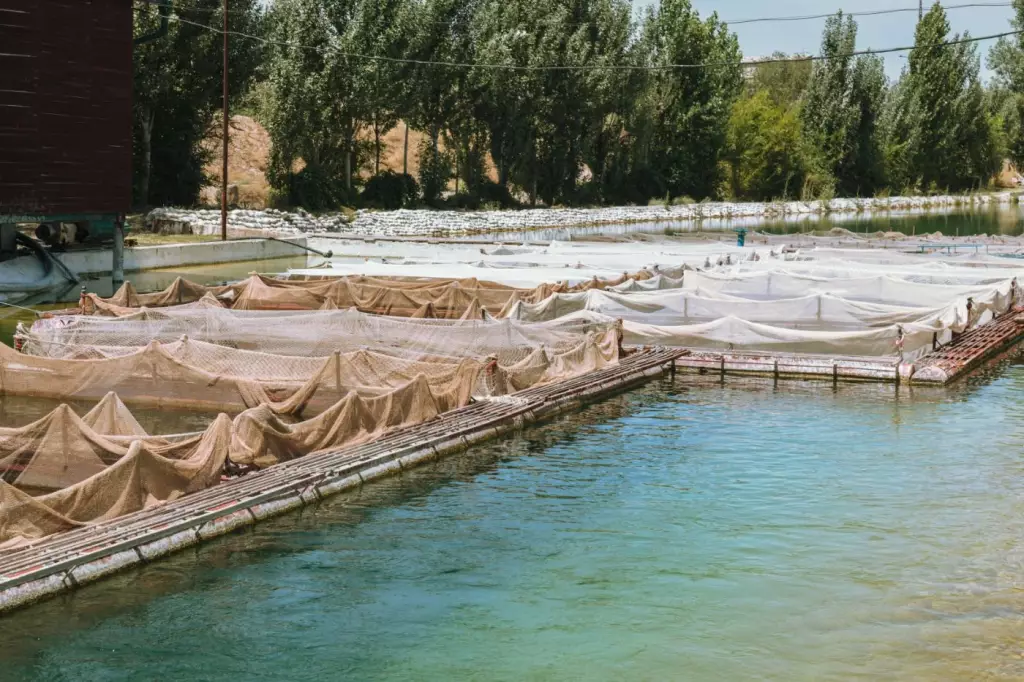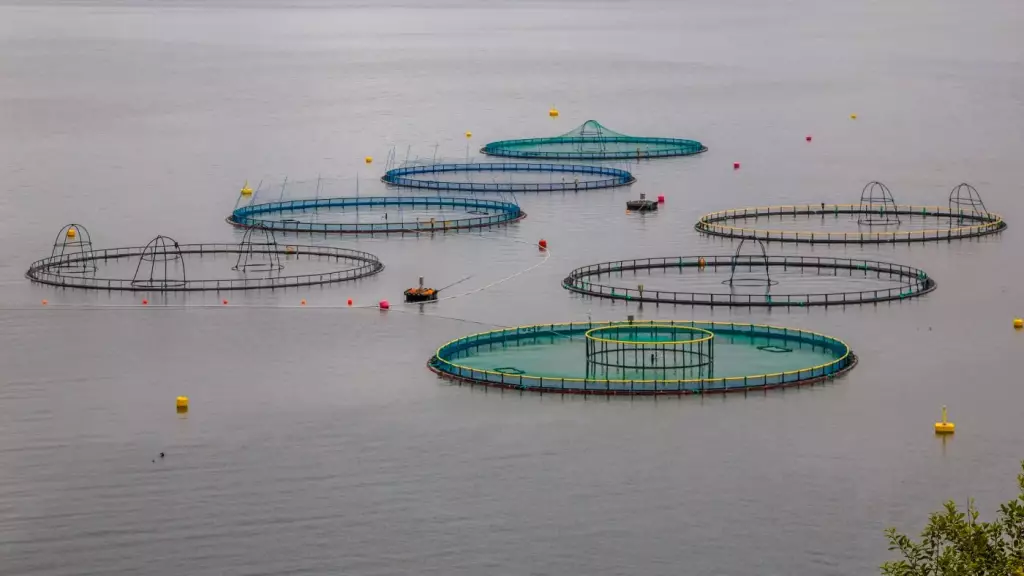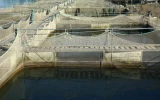The Most Common Fish Farming Methods: Ultimate Guide
Did you know that fish farming is expected to become the primary source of the fish we eat by 2030? With over 100 marine and freshwater species being raised using various techniques, from earthen ponds to modern tank systems, aquaculture is becoming increasingly important in meeting the growing demand for seafood in today's market.
The most common fish farming methods are pond culture, rice fields, fish ranching, cage culture, raceways, recirculating aquaculture systems, aquaponics, and integrated farming systems. The major goal of these methods is to selectively breed fish in either freshwater or seawater to produce a reliable food source for consumption.
One of the primary factors to consider when choosing a fish farming method is the target species. Cage systems, for example, are suitable for species like salmon, tilapia, and sea bass. Let's take a look at the rest of the methods.
Summary
- Make sure to consider your available resources, desired fish species, and overall business goals when selecting the best approach for your operation.
- Some of the most commonly farmed fish include tilapia, salmon, tuna, eels, and catfish, each of which has unique requirements for optimal growth and health.
- Responsible and sustainable practices are vital for the long-term success of your fish farm.
- Always be aware of and follow local regulations and guidelines that govern aquaculture in your area.

On this page:
Most Common Fish Farming Methods
In the following sections, we will delve into the various fish farming methods, such as cage, tank, and pond systems, as well as their advantages and disadvantages. Additionally, we will cover essential aspects like feeding, care, and management to ensure you have a comprehensive understanding of the ins and outs of fish farming.
Extensive aquaculture is low cost and has minimal environmental impact
Extensive aquaculture is the most traditional method of fish farming, where you utilize natural resources such as ponds, lakes, and rivers. In this method, you provide minimal input and rely on the natural ecosystem to sustain your fish population. You'll typically stock a low density of fish in these environments, and they'll rely on naturally occurring food sources like plankton and other microorganisms.
One major advantage of extensive aquaculture is its low cost and minimal environmental impact. However, this method can be unpredictable and depend heavily on water quality, weather conditions, and natural food availability.
Intensive aquaculture yields high production rates
Intensive aquaculture involves the use of carefully controlled environments, including tanks, cages, or raceways, where you ensure high-quality conditions for your fish. In this method, you'll manage many aspects of the environment, including water quality, temperature, and oxygen levels, to promote rapid growth and high-density stocking.

Optimizing these factors often requires the use of specialized equipment like filtration systems and water treatment technologies. You'll also provide your fish with formulated feed, ensuring a consistent and nutritionally balanced diet.
Some benefits of intensive aquaculture include higher production rates and increased control over fish quality. However, keep in mind that this method requires significant investment in infrastructure, management, and operational costs.
Semi-intensive aquaculture keeps costs and environmental impacts low
Semi-intensive aquaculture is a combination of extensive and intensive methods. In this system, you'll manage key aspects of the fish's environment, like water quality and nutrient levels, but still utilize natural systems, such as ponds or coastal enclosures, to some extent.
You might provide supplementary feed for your fish, but they'll also have access to natural food sources within their environment. This method balances the advantages of both extensive and intensive aquaculture, providing better control over production while keeping costs and environmental impacts lower than intensive methods alone.
Extensive Aquaculture Overview
Extensive aquaculture is a low-cost, low-input method for raising fish. It usually involves low stocking densities and relies on the natural productivity of the environment to provide food and nutrients. Here, let's explore three subcategories of extensive aquaculture: pond systems, rice fields, and fish ranching.
Pond systems are a cost-effective option
Pond systems are quite popular for extensive aquaculture. In this method, you build earthen ponds to hold water and cultivate fish. These ponds can range from small, shallow ones to larger, deeper ones, depending on your needs and the species you're raising. To optimize success, consider the following factors:
- Site selection: Choose a location with a natural water supply, good soil quality, and mild slopes for easy water management.
- Species selection: Select fish species that can thrive in the available conditions and have a high market demand in your region.
- Pond management: Monitor water quality regularly and remove excess weeds and predator species. If necessary, supplement the natural food supply by adding organic fertilizers.
Ponds can be self-sustaining with minimal intervention, making them a cost-effective option for small-scale fish farming.
Rice fields can be used for fish farming
Rice field aquaculture incorporates fish farming into traditional rice paddies. This method has been practiced for centuries in countries like China and India. This approach comes with several benefits:
- Resource optimization: You can use the same land and water for both rice cultivation and fish farming.
- Pest control: Fish act as natural predators for pests, reducing the need for chemical pesticides.
- Additional income: Fish provide an extra source of income for farmers.

To effectively raise fish in rice fields, you need to consider:
- Species selection: Choose fish species that can cope with fluctuating water levels and tolerate low oxygen conditions.
- Stocking density: Maintain a proper balance between the fish and rice so that they do not compete for nutrients.
Fish ranching is low-cost and environmentally friendly
Fish ranching involves enclosing a natural water body, such as a lake or a coastal lagoon, and stocking it with fish. These fish are then allowed to grow naturally until they reach the desired size for harvest. This method is suitable for both freshwater and marine species. The key points to consider for fish ranching are:
- Species selection: Choose species with high market demand that can thrive in the enclosed water body.
- Stocking density: Be cautious not to overpopulate the area; it can lead to competition for resources and poor growth rates.
- Harvesting: Use appropriate fishing gear and methods to harvest fish without damaging the local ecosystem.
Intensive Aquaculture Overview
Intensive aquaculture focuses on maximizing production and efficiency while using minimal space and resources. In this section, we'll discuss some common intensive fish farming methods and provide an overview of how they work.
Raceways provide a constant flow of water
Raceways are artificial channels or tanks that continuously provide a flow of water to the fish. In this system, you'll find that water is typically sourced from a nearby river or stream and then diverted through the raceway. Fish are stocked at high densities, and the constant flow of water ensures good water quality and aeration. Here are some key features of raceways:
- High stocking densities
- Continuous flow of water
- Efficient waste management
- Suitable for species like trout and salmon
Recirculating aquaculture systems control water quality and temperature

Recirculating Aquaculture Systems (RAS) are closed-loop systems that purify and recycle water within the fish production facility. With RAS, you'll have greater control over water quality and temperature, which can lead to increased growth rates and improved feed conversion ratios. Here are some of the main components of RAS:
- Biofilter: removes ammonia and other waste products
- Solid waste removal: captures uneaten feed and feces
- Oxygenation: maintains optimal oxygen levels
- Temperature control: ensures a suitable environment for growth
Aquaponics grows fish and plants together
Aquaponics is an innovative method that combines aquaculture with hydroponics, allowing you to grow fish and plants together in a mutually beneficial system. Your fish provide nutrients for the plants by producing waste, while the plants help purify the water for the fish. Here are some benefits of aquaponics:
- Low water usage
- Reduced nutrient waste
- Ability to grow various fish and plant species
- Sustainable and environmentally friendly
Cage systems can be adaptable and scalable
Cage systems are another popular method of intensive fish farming, where fish are raised in floating cages or net pens. These structures are often placed in natural water bodies like rivers, lakes, or coastal areas. With cage systems, you'll need to monitor and manage water quality, as well as protect the surrounding environment from waste and escaped fish. Here are some aspects of cage systems:
- Stocking density varies depending on species and location
- Can be adaptable and scalable
- Requires regular maintenance and monitoring
- Suitable for species like salmon, tilapia, and sea bass
Semi-Intensive Aquaculture Overview
Both mixed systems and cage culture are effective methods within semi-intensive aquaculture. While mixed systems involve a combination of natural productivity and inputs, cage culture relies on enclosures within natural water bodies. To excel in semi-intensive aquaculture, make sure to maintain balance, monitor water quality, and choose the right techniques and equipment suited to your environment and target species.
Mixed systems lower disease risks on your fish
In semi-intensive aquaculture, you'll often encounter mixed systems that rely on a combination of natural productivity, fertilization, and supplementary feeding. By using both fertilizers and supplementary feeds, you can effectively produce low-cost fish that contribute to national food security in many developing countries.

To succeed in these mixed systems, you should focus on maintaining a balance between natural resources and the inputs you provide, ensuring that your fish population remains healthy and productive.
One of the benefits of using mixed systems is that they require less reliance on feed and fertilized inputs, leading to lower densities of farmed organisms, reduced chances of causing serious pollution, and lower disease risks than more intensive systems.
Cage culture reduces the need for artificial feed
In this system, fish are reared in cages or enclosures that are submerged in natural water bodies. This approach allows you to take advantage of the natural food supply in the surrounding environment, reducing the need for artificial feed.
The success of cage culture depends on several factors, such as cage design, water quality, and fish stocking density. You should select appropriate cage designs to suit your targeted species and the environmental conditions of the production area.
When using cage culture, monitor water quality closely to prevent disease outbreaks and ensure the well-being of your fish stock. Keep in mind that overcrowding can lead to poor water quality, increased stress, and slower growth rates.



